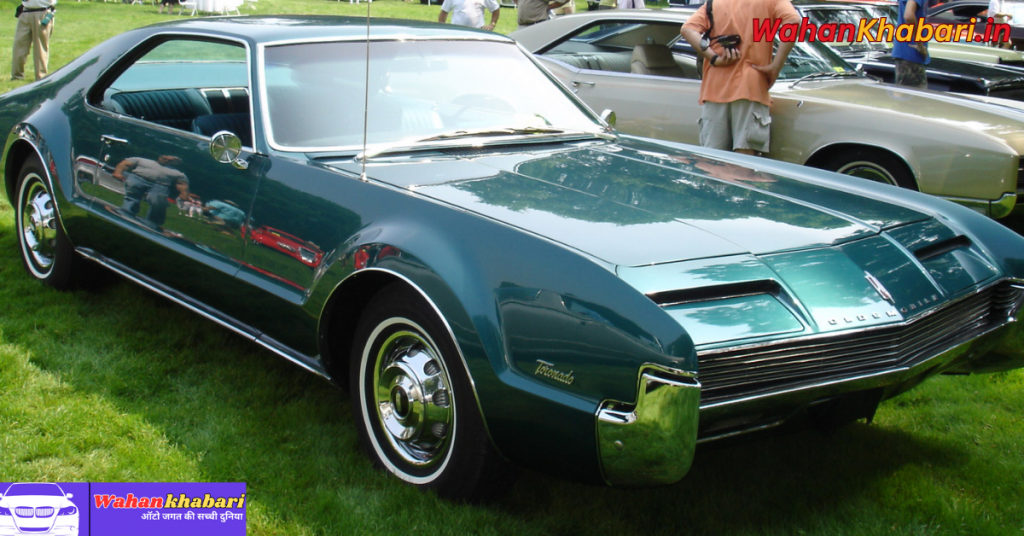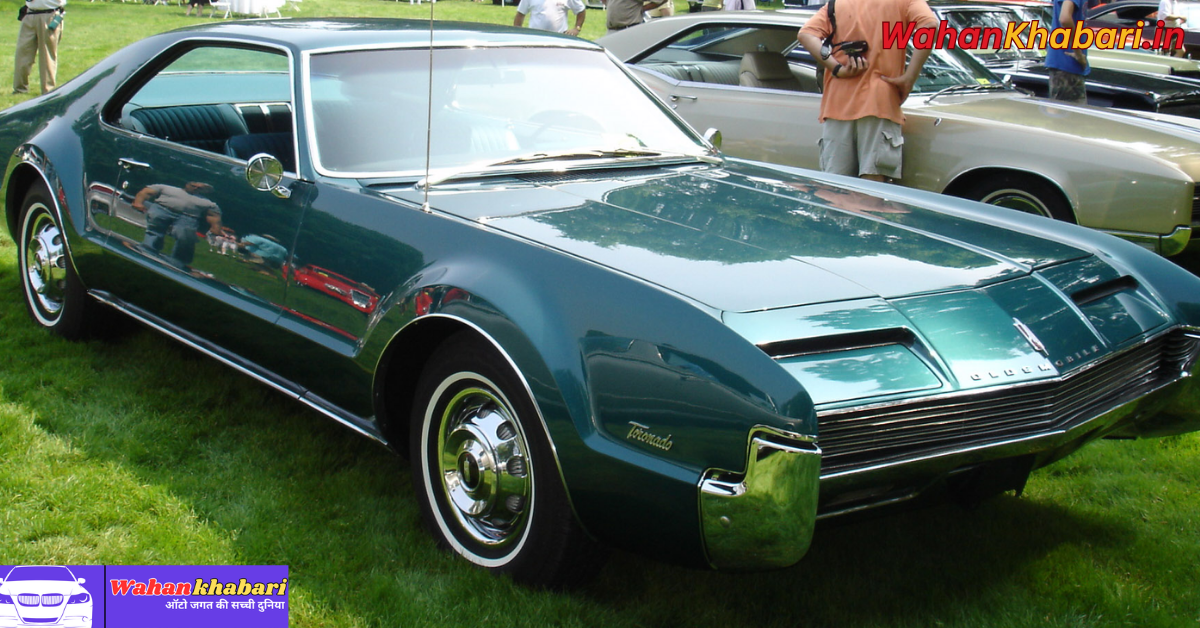The Oldsmobile Toronado. Introduced in 1966 by General Motors’ Oldsmobile division, the Toronado wasn’t just another stylish coupe; it was a groundbreaking piece of engineering that combined muscle car performance with front-wheel drive — a first for an American car since the 1930s.
A Bold Introduction
The debut of the Toronado in 1966 marked a seismic shift in American automotive design. At a time when rear-wheel drive was king, Oldsmobile gambled on a front-wheel-drive platform, typically reserved for compact or economy cars in Europe. The idea wasn’t just ambitious — it was risky. But the result was a car that redefined performance, handling, and luxury in the personal luxury coupe market.
Powered by a massive 425-cubic-inch (7.0L) V8 engine producing 385 horsepower, the original Toronado could launch with surprising aggression, despite its hefty curb weight. The innovative Unitized Power Package placed the engine and transmission side-by-side in a compact space, allowing the front-wheel-drive layout to work efficiently with a V8 — a feat that had never been successfully pulled off in an American car before.
Styling That Stood Out
Designed under the direction of GM styling chief Bill Mitchell, the Toronado looked as radical as it drove. Its long, low silhouette, hidden headlights, and muscular fender flares made it stand out in any crowd. It combined elements of futuristic and classical styling, exuding a confidence that few cars could match.
The interior was equally distinctive, with a floating dashboard, full-width speedometer, and space-age detailing. Thanks to the absence of a transmission tunnel, the front cabin offered impressive legroom — an underrated benefit of front-wheel-drive that further distinguished the Toronado from its peers.
Engineering Marvel
Perhaps the Toronado’s most remarkable feature was how well it handled for its size. The front-wheel-drive layout gave it excellent traction, particularly in poor weather conditions. Its torsion-bar front suspension and semi-trailing arm rear suspension offered a surprisingly smooth ride for a car in its class.

While it may not have had the nimbleness of European sports cars, the Toronado offered a composed, confident feel on the highway, which made it ideal for long-distance cruising. This blend of performance and comfort earned it the Motor Trend Car of the Year award in 1966.
Evolution Over the Years
The Toronado went through multiple generations over its lifespan (1966–1992), each with its own styling cues and engineering updates. The second generation (1971–1978) embraced a bulkier, more luxurious aesthetic in line with the 1970s personal luxury car boom. By the 1980s, the Toronado had transitioned to a smaller, more fuel-efficient design — reflecting changing consumer demands and the impact of the energy crisis.
Though the original’s raw muscle was somewhat dialed back in later models, Oldsmobile continued to push the envelope with technology, introducing digital dashboards, touch controls, and advanced suspension systems in the 1980s and early ’90s.
Legacy and Collectability
The Toronado’s influence extended far beyond its sales numbers. It proved that front-wheel-drive could be successfully applied to large, powerful American cars, paving the way for many other GM models — and inspiring design across the industry.
Today, the first-generation Toronado (1966–1970) is particularly beloved among collectors and enthusiasts. Its bold styling, engineering significance, and relative rarity make it a prized possession. Prices remain accessible compared to other classic American muscle or luxury cars, making it a tempting choice for those wanting a unique piece of automotive history.
Final Thoughts
The Oldsmobile Toronado was a car ahead of its time. While it never outsold its rear-wheel-drive competitors like the Ford Thunderbird or Buick Riviera, it carved its own path with unapologetic innovation. It was a car that challenged conventions, dared to be different, and proved that being bold could pay off.
In the story of American cars, the Toronado stands as a reminder that the best innovations often come from taking the biggest risks. Over half a century later, it remains a shining example of what happens when design, engineering, and courage come together on four wheels.

Hello, my name is Muskan Kumari and I am an experienced Digital Marketer. I have been blogging for the last 3 years and I have special interest in SEO. Here I give you easy bikes and writes easy-to-understand reviews and news about the latest bikes, helping readers choose the best options.. My aim is to always provide you with accurate, new and useful information.










